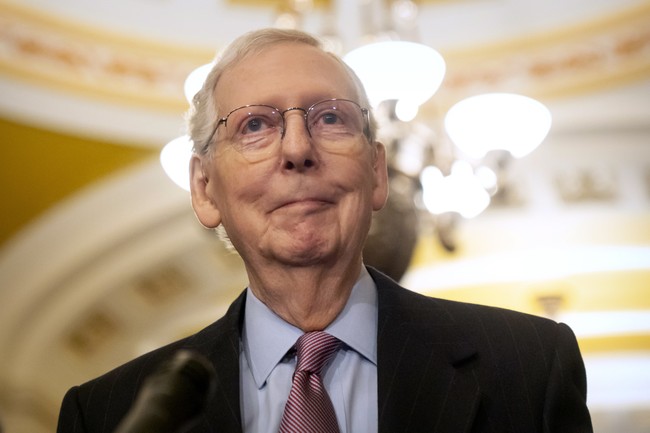Tensions and Talks: Israel and Gaza's Fragile Ceasefire
Diplomatic efforts and military threats surround the fragile ceasefire between Israel and Hamas. US support, prisoner exchanges, and plans for Gaza's future unfold amidst tense negotiations.
Published February 17, 2025 - 00:02am

Image recovered from arabnews.com
In recent days, the Middle East has witnessed an intense focus on diplomatic engagements and military maneuvers revolving around the fragile ceasefire between Israel and Hamas. The tension in the Gaza Strip, a region marred by over 15 months of relentless warfare, still simmers beneath a delicate truce declared on January 19, following a brutal conflict that saw significant casualties and destruction.
US Secretary of State Marco Rubio's arrival in Israel marks a significant moment in this ongoing saga, as he embarks on a crucial Middle East tour. Rubio's discussions are expected to center around the second phase of the ceasefire, which aims to finalize the release of all remaining hostages by Hamas and to seek a more durable cessation of hostilities. Among the contentious issues is President Donald Trump's provocative proposal to assume control over the Gaza Strip, a plan vehemently opposed by neighboring Egypt and Jordan, who face the threat of repercussions should they refuse to accept Gaza's relocation of over two million Palestinians.
Israeli Prime Minister Benjamin Netanyahu remains at the forefront, endorsing Trump's plan while navigating international diplomacy under the scrutinizing gaze of the world. Netanyahu's rhetoric has been punctuated by formidable threats aimed at Hamas, as he declared his readiness to open the 'gates of hell' should the militant group fail to release the remaining hostages, a pact formed in concert with the US administration.
This discourse of threat was further exacerbated by accusations from the Palestinian group Hamas, which labeled an Israeli drone strike as a grave violation of the fragile ceasefire. The attack resulted in the deaths of three Palestinian policemen, sparking outrage and reminders of the volatile peace that overshadowed the military and political strategies at play.
In the shadow of intense military rhetoric, a humanitarian exchange unfolded as Israel and Hamas engaged in a prisoner swap. The release of three Israeli hostages in exchange for hundreds of Palestinian prisoners underscored the persistent human cost of this conflict. Such exchanges are not new but form a key narrative in the cyclical nature of hostilities and temporary truces witnessed between the two entities.
Meanwhile, the Israeli government has decided to further diplomatic efforts by sending a delegation to Cairo. Tasked with advancing the discussions on the ceasefire's next phase, the delegation's objective is to negotiate parameters that would finalize the cessation of violence and secure the liberation of hostages, highlighting the emphasis on diplomacy parallel to the ever-present military strategies.
The situation in Gaza continues to draw global attention, particularly given Netanyahu's controversial stance on the movement of Gaza's population. This plan, which Netanyahu framed as a voluntary migration rather than forced displacement, aligns with the Israeli leadership's view of offering Gazans the opportunity for emigration to evade conflict zones, notwithstanding the coercive circumstances that often underpin such movements. Netanyahu's assurance of a 'non-forced evacuation' endeavors to present a palatable option amidst international scrutiny.
Barrage of international perspectives and reactions further complicates the scenario. While the Trump administration remains steadfast in its support for Israel's strategic decisions, the plan faces resistance from various Arab governments willing to propose alternatives to avert further destabilization in the region.
As events continue to unfold, the enduring conflict between Israel and Hamas underlines the complex interplay between diplomacy, military power, and geopolitical strategizing, with human lives and regional stability hanging in the balance. The world watches as pivotal decisions are made, potentially reshaping the dialogue of peace and war in the Middle East.








